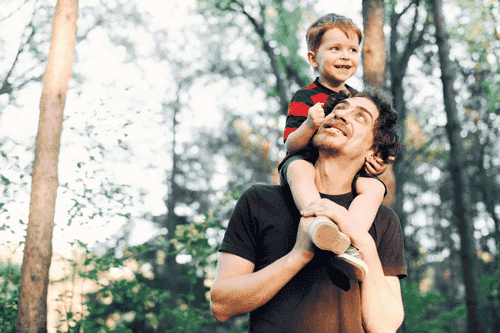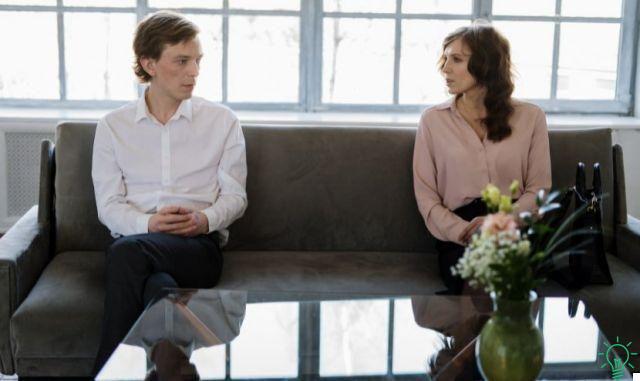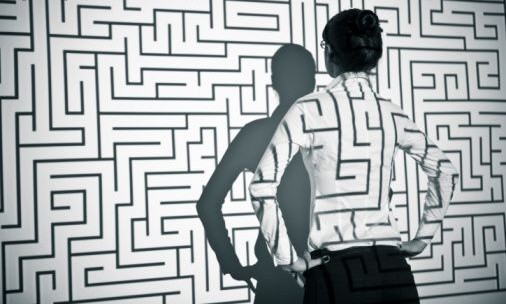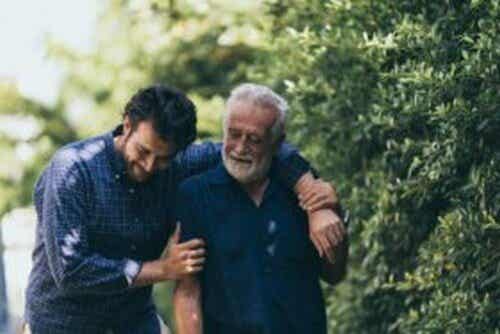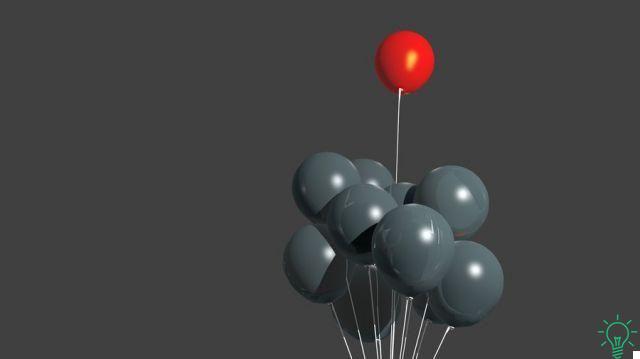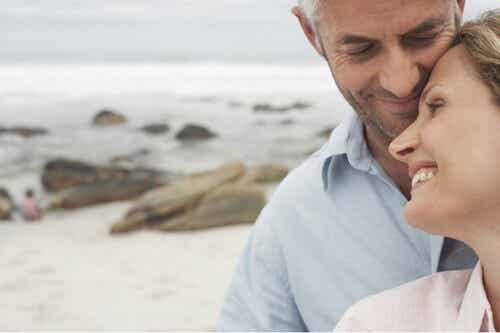Is there a relationship between one's attachment pattern in adulthood and the education of one's children?
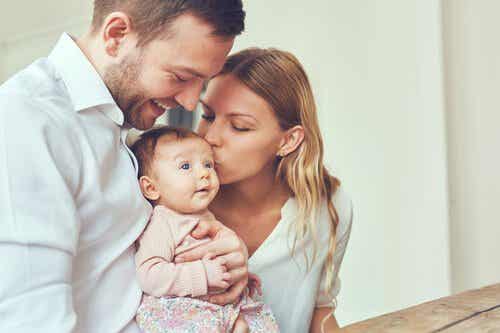
Last update: May 10, 2022
Parenting is not an easy task. We must be careful of multiple factors that influence the education of children. But what happens when some of them are beyond our control? What about those who are part of us and influence the parent-child bond? What is the relationship between attachment in adulthood, the rearing of children and the family climate?
We need each other from birth. Like moths attracted to light, we need strong, stable, emotional bonds. For this reason we consider ourselves biopsychosocial beings, social interaction being an essential factor for the cognitive and emotional development of any individual.
“The behavior of children is a reflection of that of adults. Think about what's stopping you from loving yourself and work to get rid of it. You will be a wonderful example for your children. "
-Louise Hay-
Thanks to researchers such as John Bowbly, Peter Fonagy, Mary Ainsworth, today we are aware of the importance that attachment has in our development. For example, we know that the type of bond established with parents during childhood represents an internal model or relational map that guides us as if they were the coordinates of our emotional life. In many cases, these structures influence the relationships we will seek, establish and maintain.
And the discoveries don't stop there. Studies based on a more coherent theoretical construction of the affective field have allowed us to understand that the relational maps that we carry within us are shaped over time by lived experiences and by the affective patterns experienced. Starting from this definition, we started talking about attachment in adulthood.
"Adults adopt characteristic attachment styles in the context of emotional situations."
-Cindy Hazan and Phillp Shaver-
What are the attachment patterns in adulthood?
According to Bartholomew, a Canadian psychologist, attachment figures in adulthood are polarized between negative and positive. They are defined negative attachment models are those that are based on the belief that others reject, are distant or disinterested.
On the contrary, positive role models are those that are based on the idea that the other is willing to take care of us. From this classification emerge different types of attachment in adulthood:
- Secure attachment: the person develops a positive idea of himself and of others. It is related to low levels of anxiety and avoidance, thus facilitating contact and intimacy with other individuals.
- Avoidant attachment: the person a develops a positive idea of himself, but a negative one of others. It is characterized by low levels of anxiety, but significant levels of avoidance.
- Worried attachment: the person develops a negative idea of himself (self-concept) and a positive idea of others, manifesting high levels of anxiety and low avoidance.
- Fearful attachment: the person develops a negative idea of himself and of others, which leads to high levels of anxiety and avoidance.
Influence of secure attachment in adulthood on upbringing and family climate
Attachment determines the way we relate. It goes without saying, therefore, that attachment in adulthood not only influences our life as a couple, but also the relationship that is established with children and the family atmosphere.
Studies show that mothers with secure attachments react to their children's positive and negative messages and experiences by helping them cope with emotional upsets and teaching them to talk about it. An attitude that certainly represents a positive contribution to the emotional development of the future adult, facilitating their ability to recognize and manage emotions, as well as self-control.
A sensitive mother figure capable of creating a secure attachment model lays the foundation for proper emotional development. But what are the benefits of emotional intelligence? It is soon said. There are many cases in which this intelligence can prove useful: it allows us to regulate stress levels, makes it easier to interpret emotions, accept negative ones and reinforce positive ones.
A secure attachment, both maternal and paternal, allows you to create a flexible and cohesive family relationship. A family that adapts to our structures, where it is easier to resolve conflicts and create bonds that foster intimacy.
"Sensitivity breaks down walls that intelligence cannot overcome."
-Azorin-
The Influence of Insecure Attachment in Education and Family Climate
Avoidant or insecure attachment is, in many cases, a real burden for the adult who has begun to relate to the people around him following this pattern. People with insecure and / or fearful attachments cultivate a latent desire for intimacy, but the bad image they have of themselves and / or others generates mistrust, fear and rigidity.
People with this attachment pattern, without any guilt, feel the ambivalence of their relationship with their children, and experience alternating feelings of desire and discomfort. This can involve a malaise generated by the idea of not being able to feel free and natural on an emotional level, and an anxiety related to the conflicting messages that are thrown.
The bond that is established in a family in which the parents have this attachment is not very cohesive. The emotional confrontation is low, the organization is poor, the control is greater and the chances of conflicts are high. It is the result of insecure and / or fearful adult attachment, and is an obstacle to the development of emotional intelligence. Factors such as overprotectiveness and maddening attention often show up in these families.
In conclusion, the knowledge of attachment allows us to live more informed on the importance of what we pass on to the younger generations. The inheritance of the parents, in this sense, is a clearly determining factor for the education of children, and in many cases also for their future. So remember: secure attachment is one of the best gifts we can give our children.




